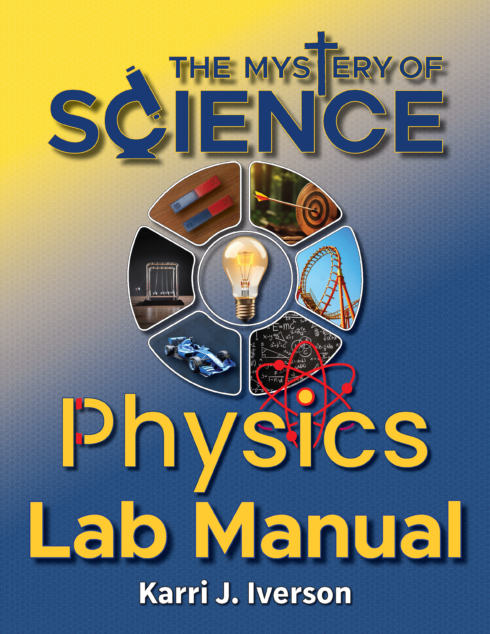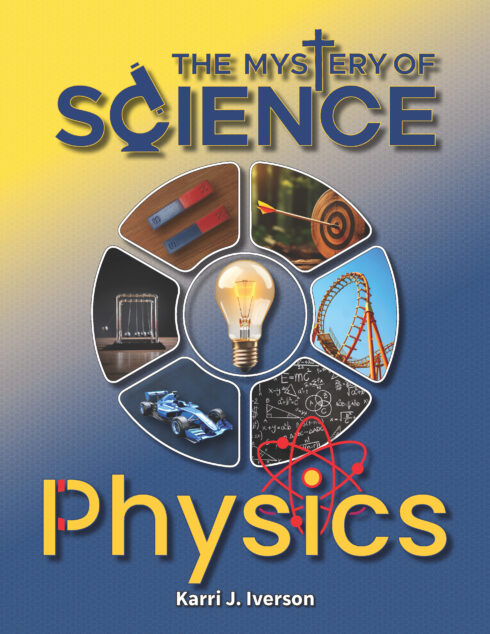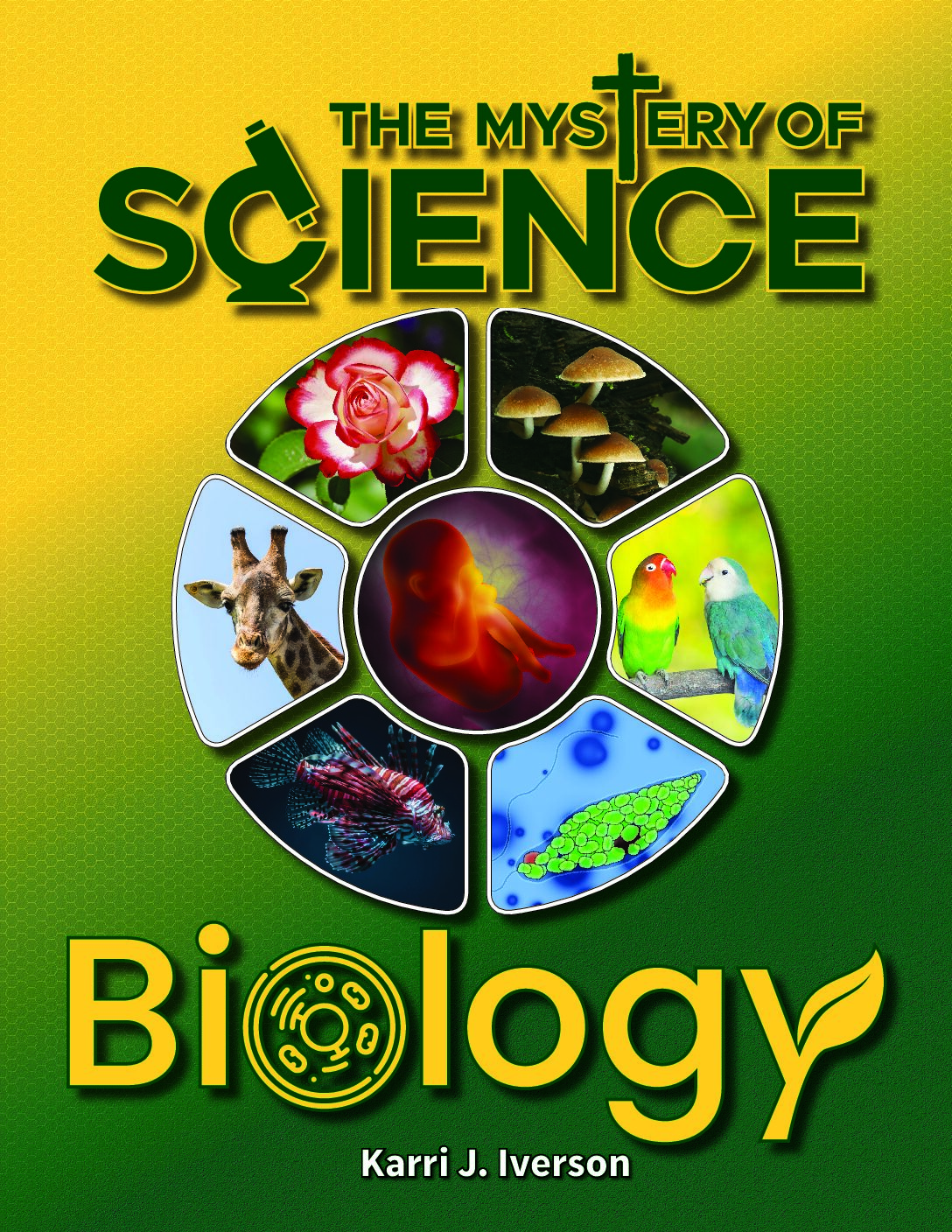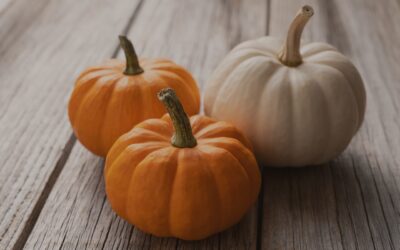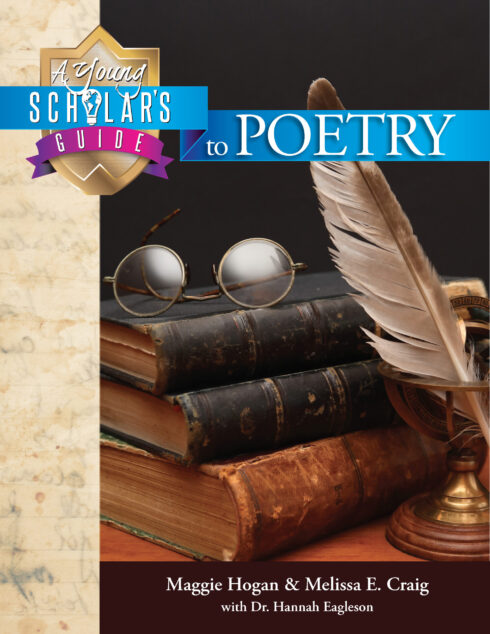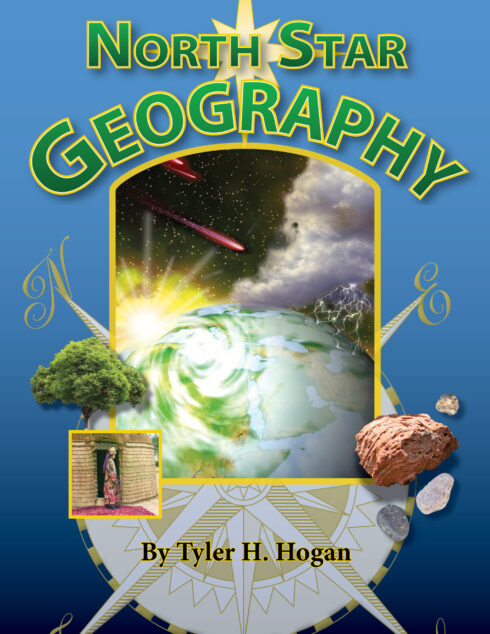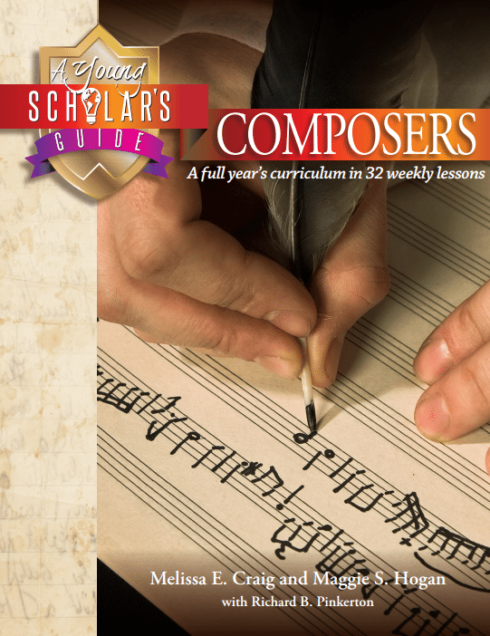Science
Simplify your science teaching with our engaging, biblical curriculum, The Mystery of Science! Discover God’s majesty—from a single molecule to an entire universe! The Steudent Readers and printable Lab Manuals provide students with everything they need for a full year of science. Students learn to write lab reports based on the scientific method, preparing them for higher-level thinking and learning, Lab manuals also serve as a record of what students accomplish and learn during the year, showing progress and growth. A Creation Corner in each lesson showcases unique examples of God’s design in His creation.
Worried that science just isn’t your strongest subject? We understand, and we designed this curriculum with you in mind! As the teacher, you’ll find each book in The Mystery of Science series both accessible and intriguing, regardless of your prior science background. Your students will learn to observe, question, and explore our world.
This curriculum is so well done! It’s beautiful to look at and written in a way that kids can easily understand! Every lesson is written from a biblical worldview and includes scripture memory as well. This Biology course is a dream come true for overwhelmed homeschooling parents who don’t always have the time to teach every single subject to their students. The layout of the lab manual is simple and straightforward so that kids can do it on their own! We love it!
The Mystery of Science: Biology is full of information that should intrigue children. The Lab Manual provides loads of activities to reinforce and expand learning. Parents looking for a creation-based biology course should find it an excellent option.
Read full review here.
Science fun from author, Karri Iverson
Visit Karri’s website at The Mystery of Science for more!
The Thankful Brain: How Gratitude Changes Your Thinking
In our household, we have what is called the “More-So Rule.” This rule says that certain aspects of your character, especially if practiced, become more so. These practices become more evident under stress or as you age. For example, if you’ve always made breakfast following the same steps, you might become more focused on your making fried eggs the same way.
Pumpkin Power: How Many Pumpkins Does It Take to Light a Lightbulb?
Think about how a light bulb is powered… by electricity or a battery. But can a light bulb be powered by fruit? What a crazy concept!
Let’s explore the way a fall fruit can power a battery. Even though we may think that a pumpkin is a vegetable, by scientific definition it’s actually a fruit. You might have tried this experiment using a common, acidic fruit like a lemon or an orange; let’s try a pumpkin and see if it’ll work.
Leaf Chromatography Explained: A Fun Fall Science Experiment
The beautiful colors we experience as autumn approaches are something we look forward to every year. Reds, oranges, and yellows mix with the summer greens to let us know colder temperatures are here.

